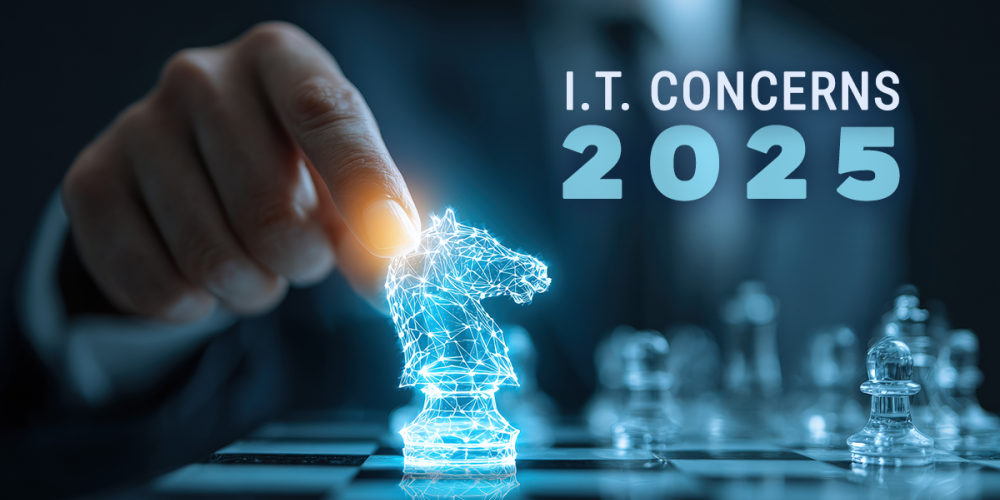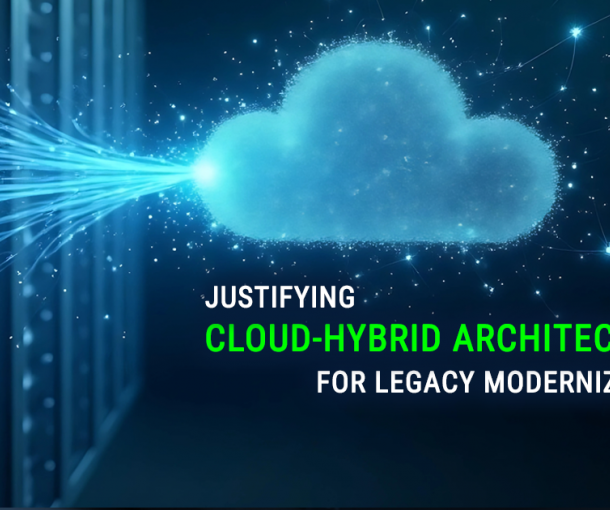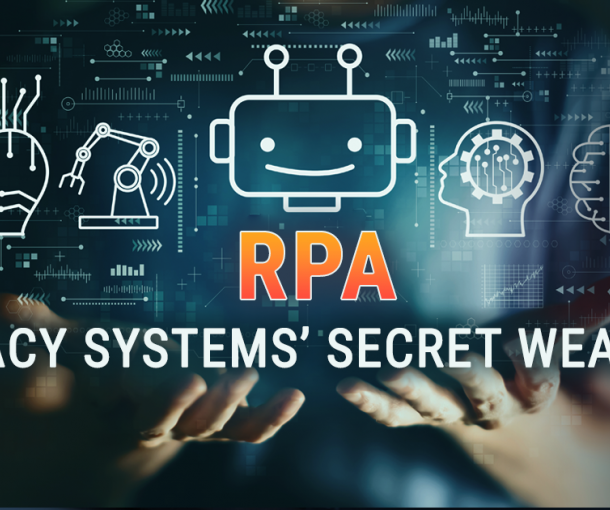
CIO & CTO Strategic Concerns: June 2025
As summer 2025 approaches tech execs and boards are discussing strategic initiatives for 2026 and beyond. As CIOs and CTOs navigate the complex strategic concerns of 2025 it is shaping the changes needed for Q3 and Q4 of this year and subsequent quarters to follow. The rapid technological change, economic pressure, regulatory scrutiny, and growing demands for agility and innovation are only increasing the optics on technical strategic initiatives.
We’ve created a detailed summary of the concerns we are finding in our research as well as what our Advisory Division clients are concerned about — and how they are responding.
*This blog is acronym heavy, and we all know how unique these can be from industry to industry, so we’ve created a glossary of terms at the bottom of the blog to reduce confusion for our readers. We have also done this in the past to help clients understand AI lingo.
1. Balancing Innovation with Technical Debt
Concern:
Legacy systems and outdated infrastructure are stifling innovation and agility.
Response:
- Modernization roadmaps to refactor or re-platform legacy apps.
- API-first strategies to integrate legacy with modern systems.
- Selective cloud migration with a focus on ROI and business case.
2. Managing AI Risks While Capitalizing on Value
Concern:
Generative AI is a competitive advantage—but also a governance minefield.
Response:
- AI governance frameworks for responsible deployment (ethics, bias, security).
- AI Centers of Excellence to centralize talent, tooling, and best practices.
- Internal LLMs trained on enterprise data for safer, more tailored use cases.
3. Escalating Cybersecurity Threats
Concern:
Increasing attack sophistication (AI-powered phishing, ransomware, supply chain breaches).
Response:
- Zero Trust architecture and identity-first security models.
- Extended Detection and Response (XDR) and AI-driven threat intelligence.
- Cybersecurity mesh architecture to unify fragmented tools.
4. Complex IT Ecosystems and Vendor Sprawl
Concern:
Too many tools, platforms, and vendors lead to cost, complexity, and security gaps.
Response:
- Platform consolidation to reduce overlap and improve manageability.
- FinOps teams to govern cloud and SaaS spend.
- Strategic vendor rationalization—fewer, deeper partnerships.
5. Pressure to Deliver Business Value
Concern:
Boards and CEOs demand clear, measurable outcomes from tech investments.
Response:
- OKRs tied to business metrics (revenue, efficiency, CX).
- Tech-Business alignment offices or “fusion teams.”
- Product-oriented operating models that treat internal platforms like external products.
6. Architecting for Scalability & Flexibility
Concern:
Rigid architecture slows response to market changes and new opportunities.
Response:
- Composable architecture using microservices, APIs, and event-driven design.
- Cloud-native patterns and Kubernetes orchestration.
- Edge computing for latency-sensitive and decentralized use cases.
7. Tech Talent & Organizational Capability
Concern:
Shortage of skilled professionals in AI, security, and cloud-native development.
Response:
- Upskilling/reskilling programs (often with external partners).
- Talent marketplaces and internal mobility programs.
- Staff Augmentation through third party experts to empower internal teams.
8. Economic Uncertainty & Cost Control
Concern:
CFOs demand reduced spend while tech leaders are asked to scale innovation.
Response:
- Value stream management to track ROI across IT projects.
- Automation and AIOps to reduce manual effort and operational costs.
- Smarter outsourcing: balancing internal teams with strategic external partnerships.
9. Sustainability & Regulatory Compliance
Concern:
Increased pressure from regulators, boards, and investors to meet ESG goals.
Response:
- Green IT initiatives (e.g., migrating from on-prem to energy-efficient cloud).
- ESG data platforms to track carbon, energy, and supply chain impact.
- Digital tools for reporting compliance (e.g., CSRD, SEC climate rules).
10. Global Fragmentation of Tech Regulation
Concern:
Differing AI, privacy, and data sovereignty laws across regions (e.g., EU vs. US vs. China).
Response:
- Federated architectures and region-specific data controls.
- Compliance automation tools to monitor and manage regulations dynamically.
- CISO-CIO-CTO collaboration on data localization and governance.
Conclusion
Navigating the complex business concerns of 2025 amid the mountain of technological change, unyielding economic pressure, and the growing demand for innovation all while ensuring businesses remain competitive is keeping IT executives up at night. These concerns are making their way to boardrooms and non-IT executive offices as well, setting the tone for 2026 strategic planning and late 2025 course correcting. Leaner budgets, AI adoption, legacy systems, cybersecurity and regulatory compliance continue as top stressors from previous years with no sign of letting up anytime soon. Collaboration between departments, clear communication of goals and interdepartmental plans as well as accessing tech agnostic subject matter experts, like our Advisory Division, are key components to decreasing corporate stress while ensuring strategic initiatives stay on track.
Glossary of Acronyms
| CIO | Chief Information Officer focused on operational resilience, risk management, governance, cost optimization, value realization |
| CTO | Chief Technology Officer focused on innovation enablement, system architecture, emerging technologies, product/platform delivery |
| API | Application Programming Interface – a set of rules and specs that allow different software to communicate with each other |
| AI | Artificial Intelligence – computer performed tasks typically associated with human intelligence |
| ROI | Return on Investment |
| LLM | Large Language Model — part of the AI terminology – a machine learning model designed for natural language processing tasks. |
| XDR | Extended detection and response – a cybersecurity approach to threat detection and response |
| FinOps | Financial Operations – the management practice associated with cloud spending |
| OKR | Objective and Key Results—a goal setting framework used to help organizations track and achieve strategic goals |
| CX | Customer Experience |
| CFO | Chief Financial Officer |
| AIOps | Artificial Intelligence for IT Operations – used to optimize IT operations |
| ESG | Environmental, Social Governance – a framework used to assess business practices |
| CSRD | Corporate Sustainability Reporting Directive – EU regulation reporting on ESG |
| CISO | Chief Information Security Officer focused on an organization’s overall information security programs and strategic initiatives. |


